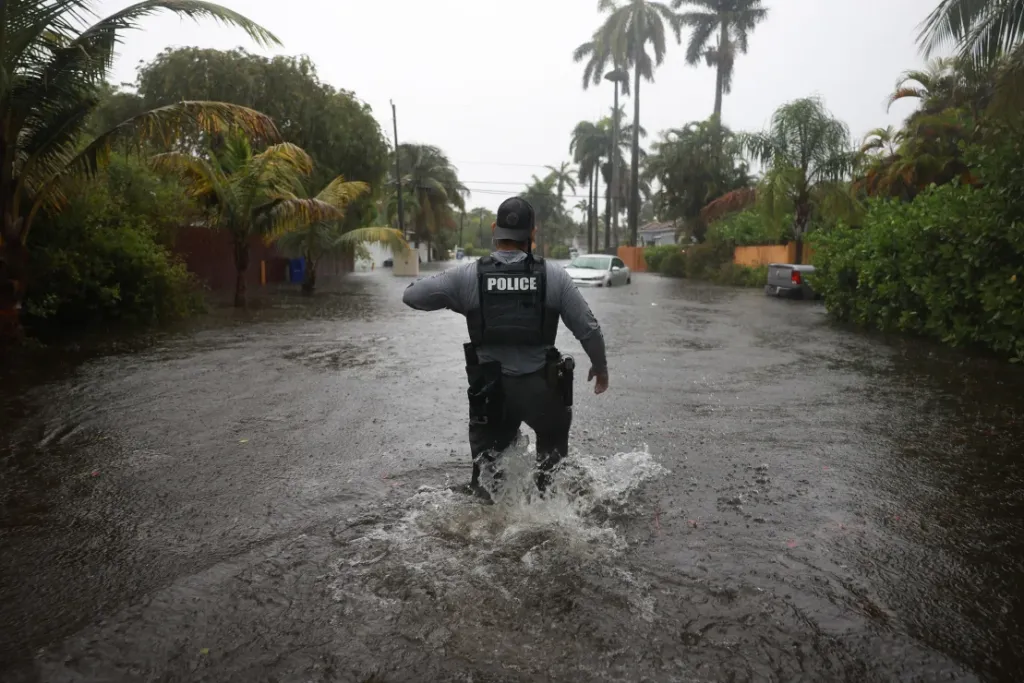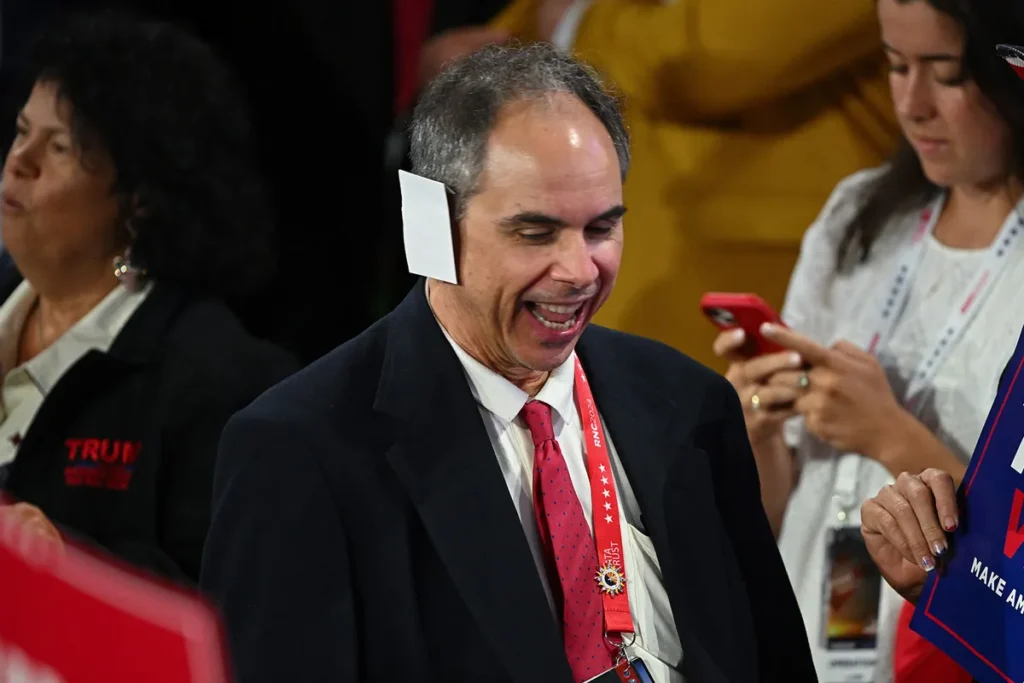The origin of Spring Break in the United States
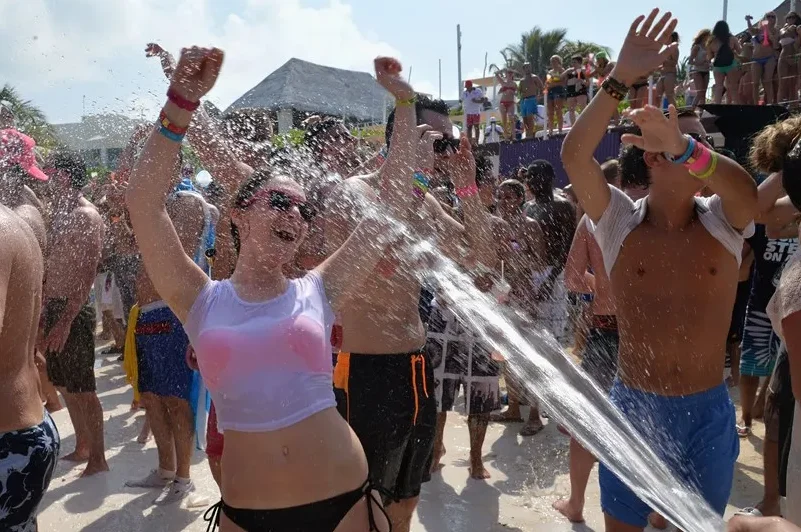
The origin of Spring Break in the United States is related to the desire for fun and recreation in Florida in the 1970s.
Spring break, known in the United States as ‘Spring Break’, has become synonymous with unbridled partying for some young people in recent decades.
The lack of control has been so great that some cities in the state of Florida are implementing repressive measures to “break up” this type of tourism.
The origin of Spring Break is related to the weather, because with the high temperatures, and the kids on vacation, the beach is the best option.
In Fort Lauderdale the temperature can reach 27 °C in March. That’s why students from all over the country flock to the city to sunbathe, swim and party.
In the mid-1980s, Fort Lauderdale became known as “Fort Liquordale” and the city began to encourage young people to go elsewhere.
READ MORE: LOWEST PRICED SUPERMARKETS IN THE U.S.
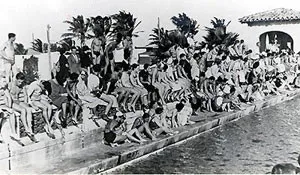
The Origin of Spring Break
The origin of Spring Break in the United States dates back to 1934, when Sam Ingram, a swimming coach at Colgate University in New York, decided that his team needed a winter warm-up.
He traveled with them to South Florida to train in a more favorable environment: the Las Olas Casino pool, now known as the Fort Lauderdale Aquatic Center.
The origin of Spring Break has its starting point in that decision, as they found the experience so enjoyable that they started an annual swim meet, the Collegiate Aquatic Forum.
But, it wasn’t until Glendon Swarthout’s novel Unholy Spring was published in 1958 that the euphoria took over the beaches in Florida.
Swarthout, an English professor at Michigan State University, followed a group of students to Fort Lauderdale during their Easter break so he could observe the debauched rituals he had heard about: jumping in the pool, drinking beer and having lots of sexual encounters.
Thus, the origin of Spring Break in Florida is linked to a book that inspired a movie two years later, effectively cementing Fort Lauderdale as a spring break magnet. The power of film.
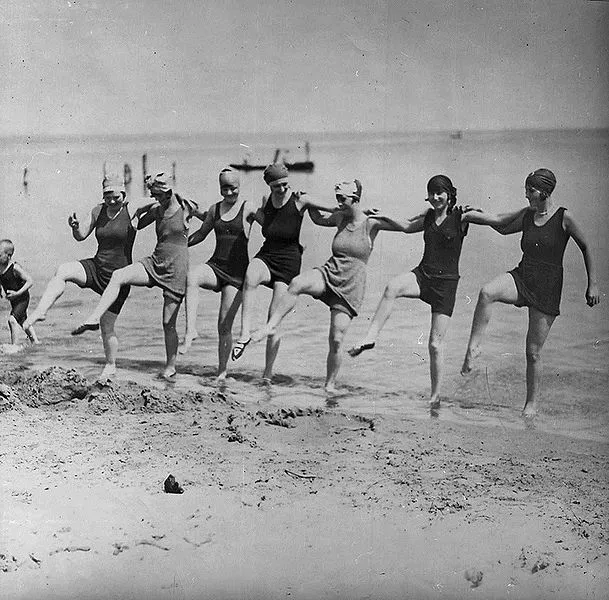
The Magic of Promotion and the Origin of Spring Break
Within a few short years, the number of college students coming to Fort Lauderdale grew from 20,000 to 50,000.
Local bars began offering cheap drink specials, which led to the city earning the nickname “Fort Liquordale.”
By the mid-1980s, as many as 350,000 students were flooding the city of 145,000, prompting the mayor to pass stricter drinking laws and encourage young people to go elsewhere.
With nearly 2,000 miles of coastline, Florida has no shortage of beaches to welcome young people during Spring Break. But there are some cities that suffer more from the ravages they cause.
READ HERE: CONCERNS ABOUT THE NUMBER OF RUSSIAN PUBLICATIONS.
But as of today, the revelry extends far beyond South Florida’s hot spots, such as Fort Lauderdale and Miami, to destinations across the state, from Key West at its southern tip to Clearwater Beach on the Gulf Coast.
Daytona Beach began attracting spring break tourists in the 1980s, after Fort Lauderdale grew tired of student shenanigans.
On the other hand, thanks to an MTV show, in 1989 Daytona Beach saw more than half a million revelers partying in the city during spring break.
On the other hand, thanks to an MTV program, in 1989 Daytona Beach saw more than half a million revelers partying in the city during spring break.
This led to some students falling off hotel balconies, getting drunk and causing disorderly conduct.
In the 1990s and early 2000s, Panama City Beach in northwest Florida had also become a ‘Spring break’ hub, thanks to TV specials such as MTV Spring Break: Panama City Beach (1996).
But for Miami’s resident citizens, it’s not so “pretty” what they experience.
“Fed up with illegal behavior and a series of violent acts in recent years, city leaders are implementing tough new measures aimed at putting an end to spring break,” said Melissa Berthier, director of marketing and communications for the City of Miami Beach.
And to punctuate, two people were killed during separate shootings in Miami Beach in March 2023. And between Feb. 27 and April 2, 2023, 573 arrests were made.

